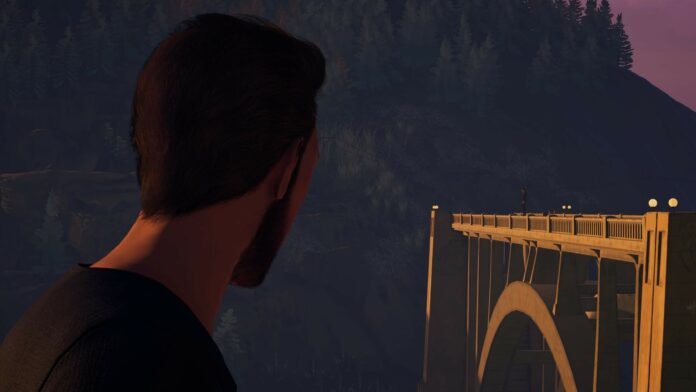REVIEW : Alfred Hitchcock’s Vertigo (PS5)
Here I am to talk about Alfred Hitchcock: Vertigo, a game that brings the entire legacy of the genre in its genesis, daring to dialogue with the style of one of the greatest geniuses of the seventh art and borrowing the title from one of its greatest classics.
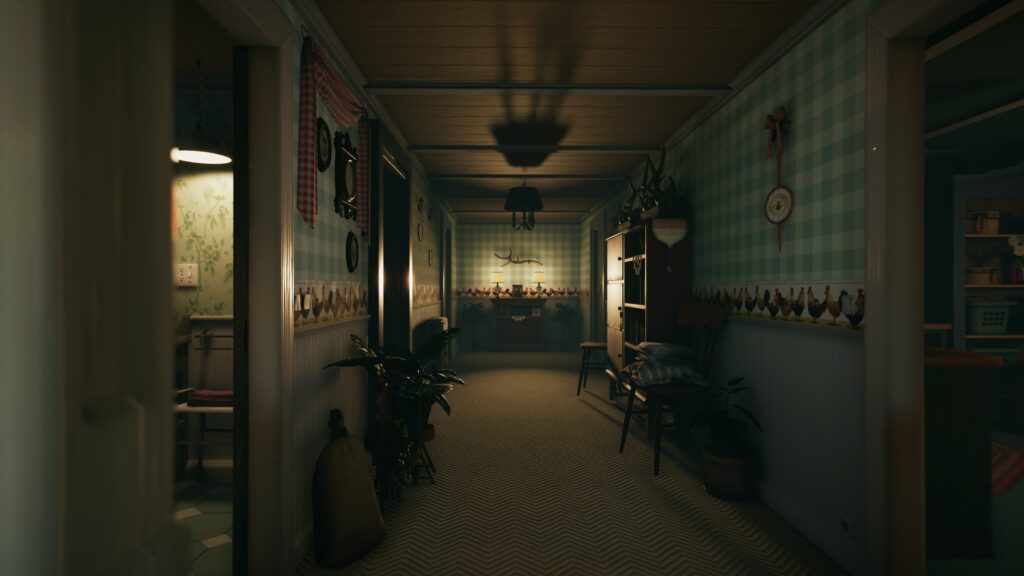
First of all, it is essential to point out that the plot of the game does not adapt to that of the film in any more objective aspect, although it keeps some references that justify the choice. In the story, we follow the mystery of a traffic accident that would have victimized a child and his mother. The father, a famous crime novelist named Ed Miller, survived, but not without showing clear signs of confusion and major psychological trauma. The problem is that the authorities have never found signs of the existence of the two people who would have died and, worse, they begin to suspect Ed’s sanity and intentions, bedridden in critical condition thanks to a debilitating event of vertigo.
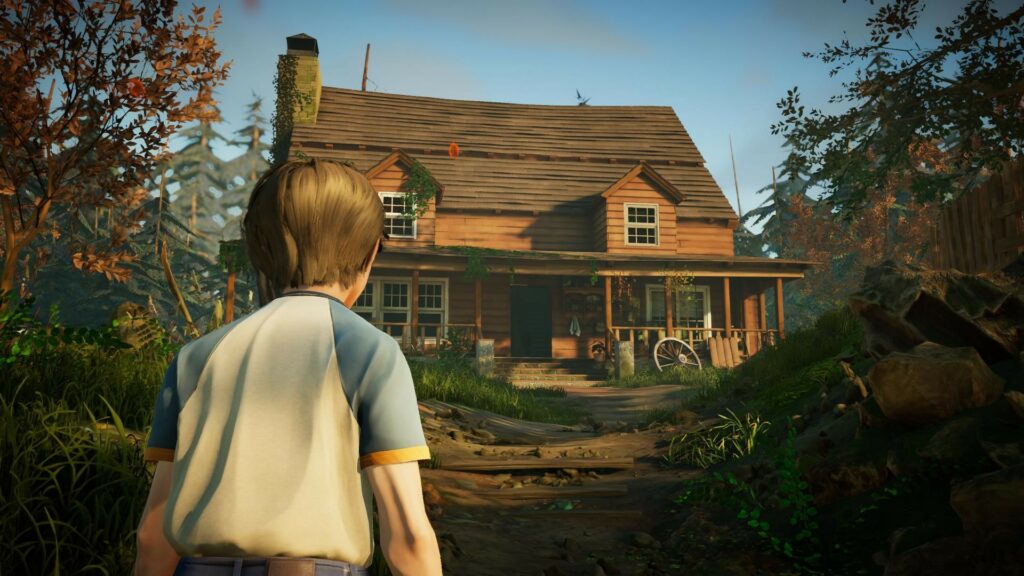
It is essential to know that this is not a game for all audiences, especially for younger people or people who are more sensitive to issues such as suicide, mental health and psychopathy. Unfortunately, not all of these subjects are treated with adequate depth and many end up being shown in a rather shallow way. While some characters have their motivations better developed, others fall into the trap of “it’s like that because it is” or “he behaves like that because he has childhood traumas”, something that is not bad in itself, but that can bother anyone interested in a story. more thought-provoking and provocative discussion of such matters, something that Hitchcock himself knew how to do without sounding too pedantic or intellectual. So, if these topics bother you,
That said, the game gets right in the way it chooses to unravel the layers of its story, telling it from present and past events mainly from the point of view of three different characters, each with their interests, motivations and secrets, not to mention specific passages where we assume the controls of other supporting actors. More than witnessing what happened, it is an excellent choice to be able to experience such moments, exploring thoughts and intentions. Several significant events are presented by different perspectives, which asserts the maxim that there are always, at least, three versions of a fact: the point of view of one, the point of view of another and, unlike the previous ones, the truth.
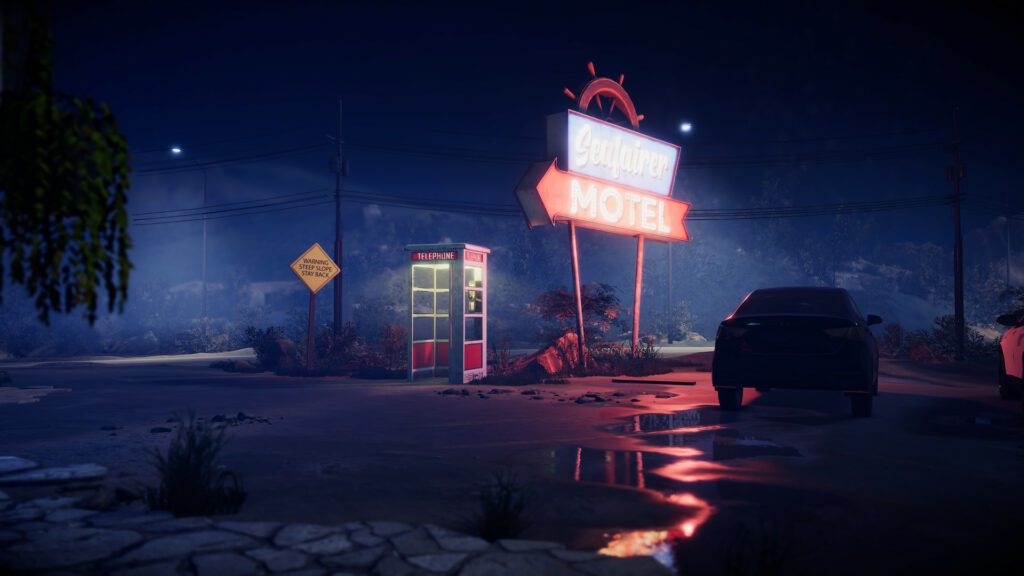
The development of the story, however, seems to suffer to justify the concept of interaction of the game and, for that, it sacrifices rhythm and immersion. As contradictory as it may seem, taking control seems to hinder the player’s agency a little, because at these points Alfred Hitchcock: Vertigo ends up losing focus on what matters. This extends for practically the entire campaign, but it can be very explicit when, for example, you need to store your mother’s groceries, item by item, one in each corner of the house, or when you have to collect four or five items scattered around to having a birthday party, when in fact the attention should be on the reaction, on the expressions of each character, on the exchange of glances, on the subtleties of the words.
The interaction mechanics, by the way, don’t help and, by themselves, are the most basic and simplistic, even considering the genre. There are, for example, the infamous quick time events (QTE) and the few actions that require specific commands would be disposable if it weren’t for the need to make the player keep their hands on Dualsense for things like pressing down when placing something on the table, or opposite directions when clapping. The action buttons themselves are just playing triggers the few times they are required and nothing contributes to a legitimate sense of player participation. Then there’s the exploration of environments, which is a little more interesting because it offers certain freedom of movement in scenarios that, sometimes, are even wide considering things we’ve seen before.
I still missed any artifice that refers us to a cause and effect, as there is in recent experiences by Supermassive Games, such as Man of Medan or the excellent Until Dawn. You know that famous on-screen reminder of “So-and-so will remember this” that warns us of the consequences of, I don’t know, answering a simple question kindly or rudely? There isn’t, or at least not that’s significant to the story. Everything always leads one way and in the general plan of things, all choices are just a perfume, a mockery of what could be, especially considering the current moment and the maturity that the genre has reached since its origins.
The similarities with what we have seen before, however, are not only in the interaction model but also in the audiovisual aspect of the work. It is impossible not to recognize aesthetic choices that refer directly to what was common in Telltale games or the Life is Strange franchise, with a cartoonish aesthetic that abuses cel shading without, however, wanting to emulate 2D, but which values exaggerated traits that lie between realism, especially in environments, and cartoons. It is an unexpected choice, but quite understandable, as it results in an appreciation of the expressiveness of the characters without devolving into involuntary playfulness, while managing to establish each character in a recognizable way, which inevitably ends up falling into the archetypal characterization that is, for good. and for evil, a common aspect of great thrillers.
The musical score is another great success of the game, keeping a distressing theme present throughout, which is highlighted in more impactful scenes. The same can be said for the voice work, which is so important to the format, and which here works well for the purpose. There is true that more exaggerated and ham tones so present in thrillers from the 1950s and 1960s of Hitchcock’s cinema, but it could not be otherwise and more naturalistic dialogues would certainly be at odds with what is intended. Both the physical characterization and the interpretation work together in the construction of a restlessly, expressive and almost caricatured setting. The set of suspense completes the good use of lighting, which escapes the darkest tones, which escapes the cliché of putting an omnipresent torrential rain, taking the whole narrative to the light, resulting in a contrast between the tranquillity of a typical peaceful city and the tension of a misfortune that affects everyone it touches.
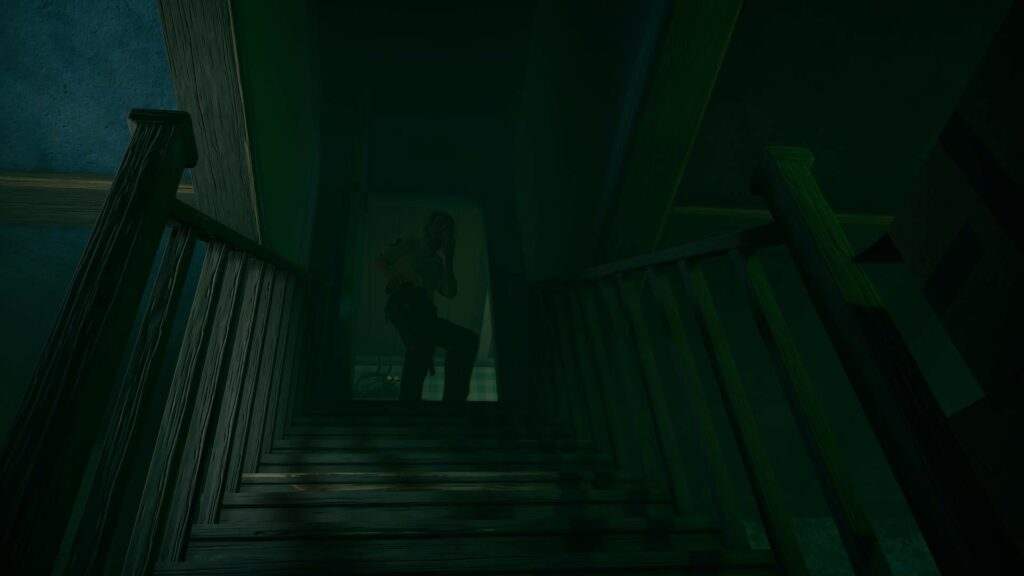
What bothers the most, however, is the problem of lip sync, with many lines completely disconnected from the characters’ mouths, sometimes even at different times, something that is noticed from the beginning to the end of the game, and that will certainly be a work to be done. do in future (and necessary) updates to the game. I tried experimenting with audio options other than standard English and testing whether it was the dubbing for the North American version that had problems, but I didn’t see any improvement in that regard. Nothing that makes the game unfeasible, it’s true, but it ends up becoming a noise in the player’s involvement. As a whole, Alfred Hitchcock: Vertigo does much better as a narrative than an interactive experience, and it seems that the fact that we have to control the characters ends up getting in the way.
REVIEW : Weedcraft Inc (XBOX Series X)

